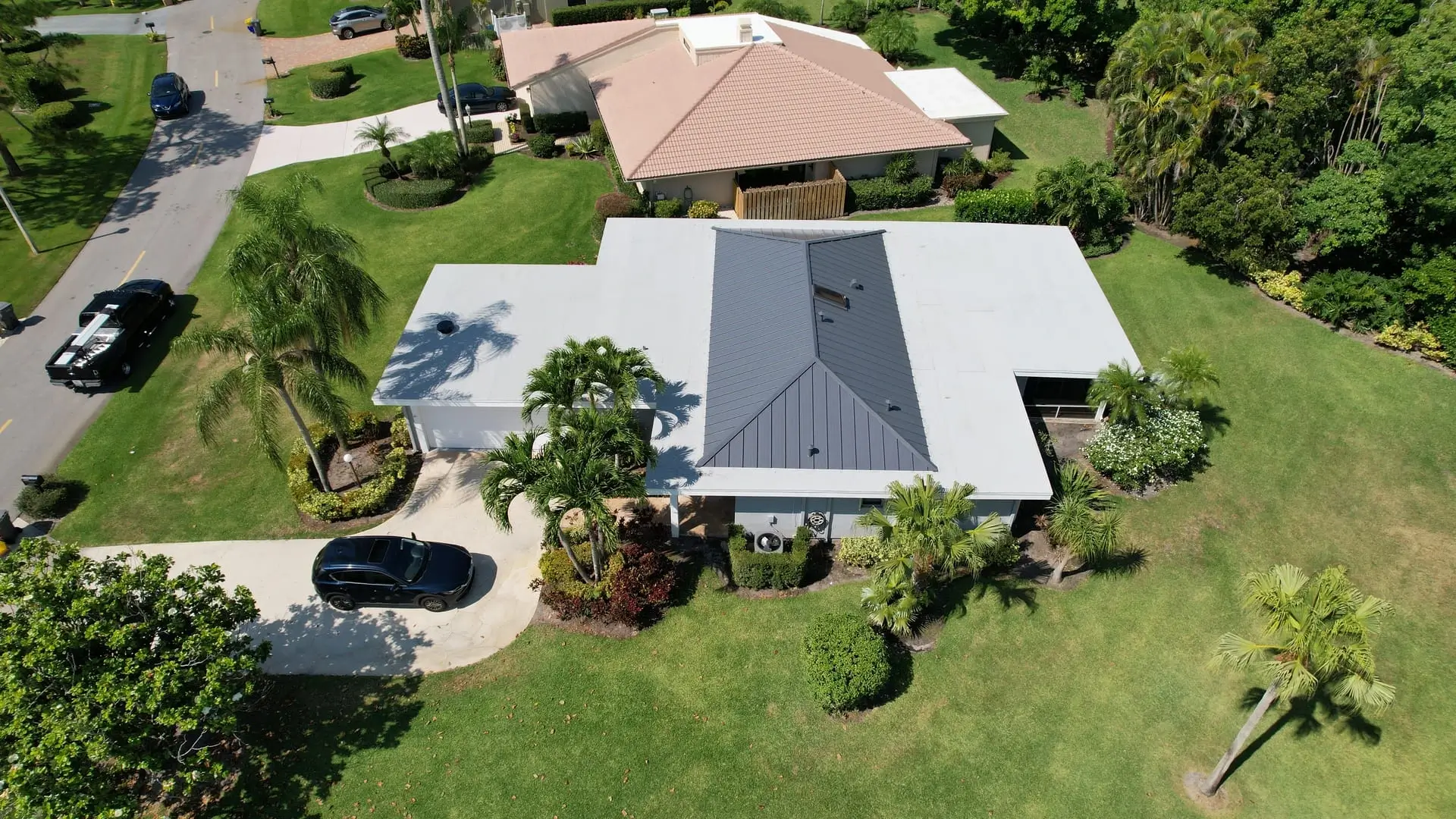Are you searching for a flat roof contractor who stands out in South Florida? Look no further than Elite Seal Roofing, a name synonymous with excellence and reliability in the roofing industry. For over a decade, our certified and insured team has delivered nothing but the best in roofing solutions.
Are you searching for a flat roof contractor who stands out in South Florida? Look no further than Elite Seal Roofing, a name synonymous with excellence and reliability in the roofing industry. For over a decade, our certified and insured team has delivered nothing but the best in roofing solutions.

We’re not just another roofing company; we’re a partner in safeguarding your property. Our commitment to quality is evident in every task we undertake. We don’t just offer services; we offer peace of mind. Our free consultations are a testament to our customer-first approach, allowing us to understand and meet your specific needs precisely.
At Elite Seal Roofing, we understand the importance of your home’s roof and the trust you place in us to repair and maintain it. Our professional contractors are dedicated to delivering the expertise, quality, and customer service that sets us apart. Trust us for your next roofing project, and experience the Elite Seal Roofing difference.
At Elite Seal Roofing, we believe in a customer-centric approach. We take the time to listen to your concerns, assess the damage, and provide tailored solutions. Our services are designed not just to repair or install roofs but to offer peace of mind.
Understanding the cost of a quality roof replacement is essential in making an informed decision. At Elite Seal Roofing, we prioritize transparency and precision in our estimates. The final cost of your new roof is influenced by several key factors. Material choice plays a significant role; for instance, metal roofing is known for its durability and longevity, while classic shingles offer a traditional look and are often more cost-effective. The measurement of your roof directly impacts the price as more area requires more materials and labor.












Look for a contractor who has proven experience with flat roofs in Florida and is knowledgeable about local climate, vegetation, and drainage requirements. They should understand how to design and install roofing systems that can withstand the heat, humidity, and potential hurricane-force winds while also considering the impact on the surrounding landscape.
Yes, a well-designed flat roof can enhance your propertys aesthetics by providing clean lines and modern architecture. It can also offer additional space for rooftop gardens or green roofs, which can integrate seamlessly with your landscaping plan while improving building insulation and reducing urban heat island effects.
workers compensation insurance for their employees. Ask for proof of insurance and consider checking that it is valid and sufficient for the scope of your project.
Having a flat roof may affect your insurance premiums because some insurers consider them more susceptible to water damage compared to pitched roofs. However, if your flat roof is well-maintained and designed with proper drainage systems, this could mitigate potential concerns from insurers. Always discuss specific details with your insurance provider.